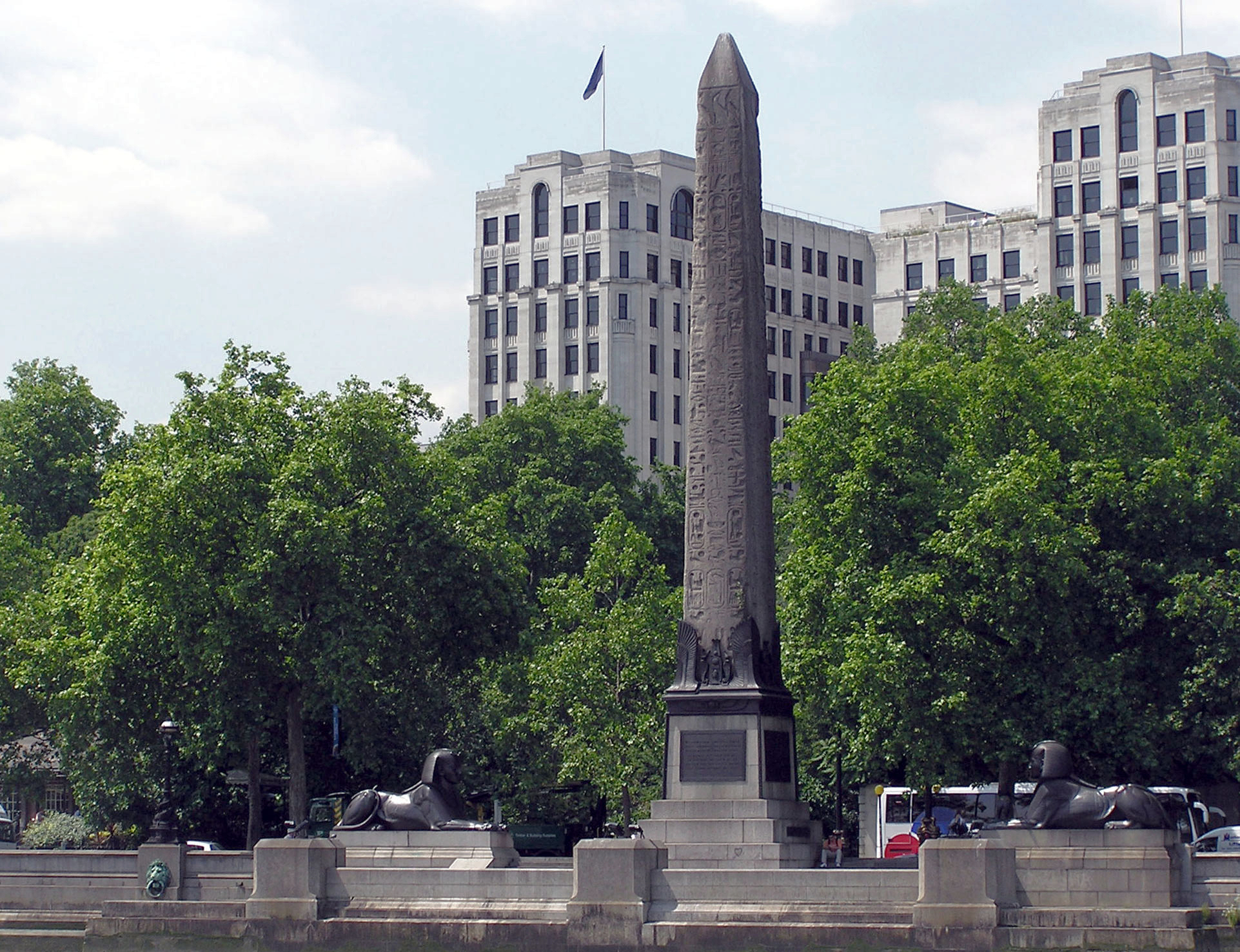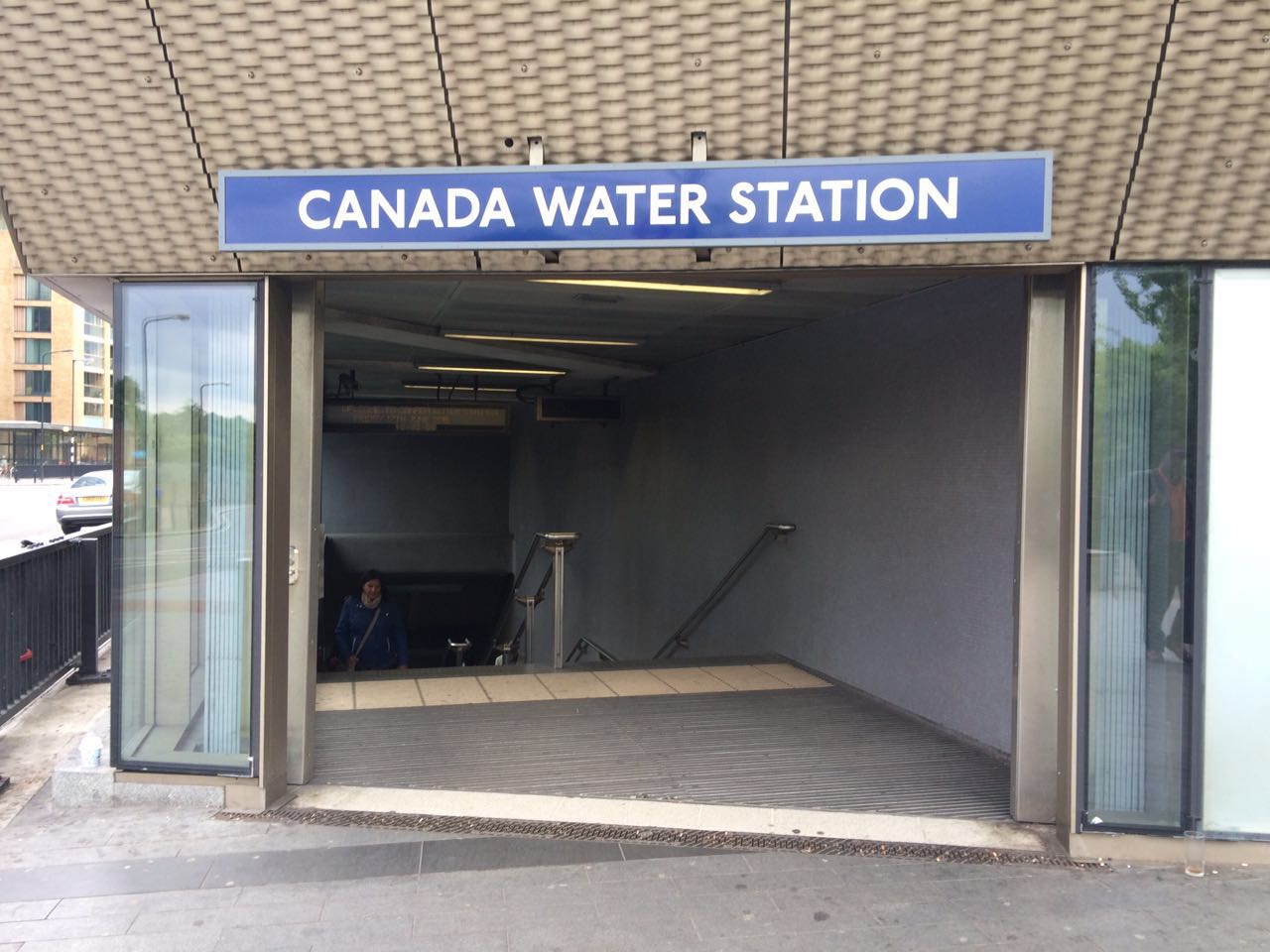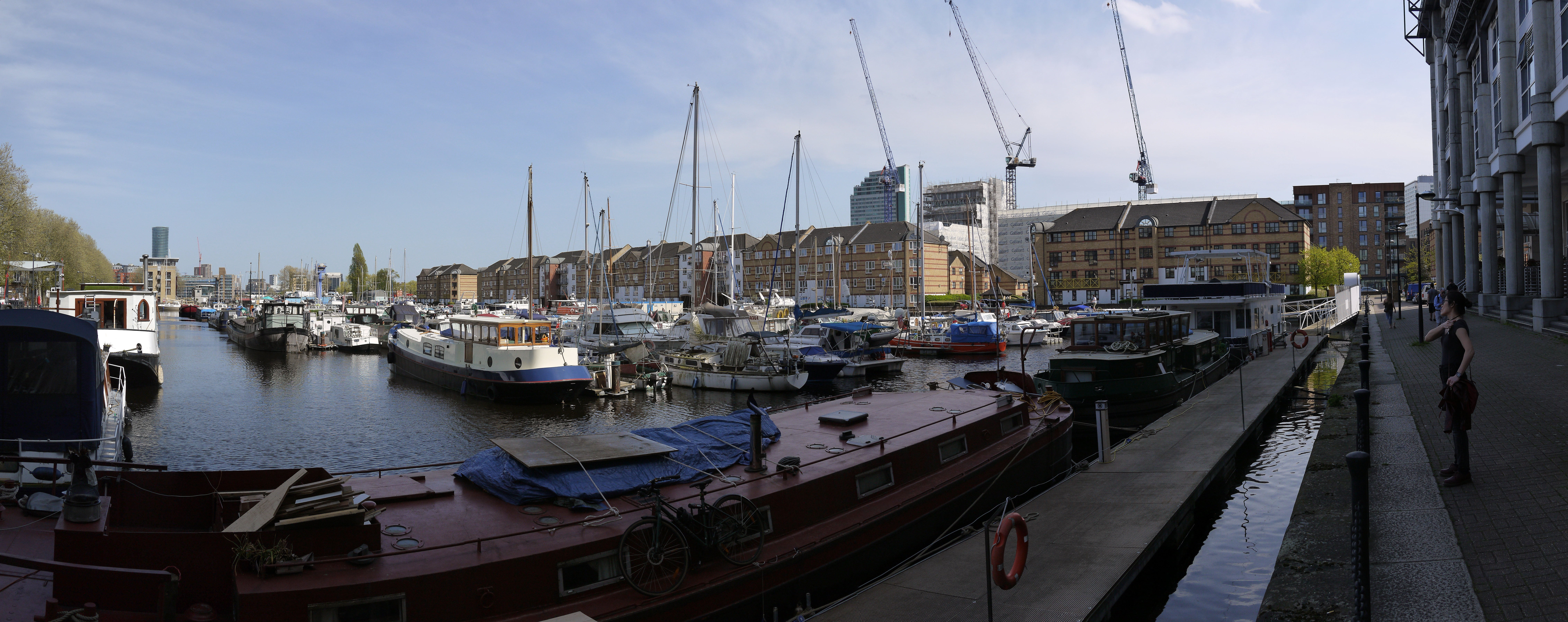|
John Wolfe Barry
Sir John Wolfe Barry (7 December 1836 – 22 January 1918), the youngest son of famous architect Sir Charles Barry, was an English civil engineer of the late 19th and early 20th century. His most famous project is Tower Bridge over the River Thames in London which was constructed between 1886 and 1894. After receiving a knighthood in 1897, he added "Wolfe" to his inherited name in 1898 to become Sir John Wolfe Barry. Early career Wolfe Barry was educated at Glenalmond and King's College, London, where he was a pupil of civil engineer Sir John Hawkshaw, as was his business partner Henry Marc Brunel, son of the great Isambard Kingdom Brunel. Barry and Hawkshaw worked on railway bridge crossings across the Thames, among other projects. Brunel pursued his own business from 1871, but in 1878 went into partnership with Barry. Barry began his own practice in 1867, and carried out more work for the railways. Tower Bridge However, it was Tower Bridge that made Wolfe Barry's name. In 1 ... [...More Info...] [...Related Items...] OR: [Wikipedia] [Google] [Baidu] |
Glenalmond College
Glenalmond College is a co-educational independent boarding school in Perth and Kinross, Scotland, for children aged between 12 and 18 years. It is situated on the River Almond near the village of Methven, about west of the city of Perth. The college opened in 1847 as Trinity College, Glenalmond and was renamed in 1983. Originally a boys' school, Glenalmond became co-educational in the 1990s. History Trinity College Glenalmond was founded as an independent school by the future Prime Minister, William Gladstone and James Hope-Scott. The land for the school was given by George Patton, Lord Glenalmond who for the rest of his life, in company with his wife Margaret, took a keen interest in its development and success. It was established to provide teaching for young men destined for the ministry of the Scottish Episcopal Church and where young men could be brought up in the faith of that Church. It was originally known as ''The Scottish Episcopal College of the Holy and Undivi ... [...More Info...] [...Related Items...] OR: [Wikipedia] [Google] [Baidu] |
Arthur John Barry
Lieutenant Colonel Arthur John Barry (1859-1943) was an English civil engineer and architect of the late 19th and early 20th century. Early life Arthur John Barry was the fourth child of the architect Charles Barry, Jr. and his wife Harriet Gardiner Pitman May. He was born on 21 November 1859 at 5 Woburn Place, Russell Square, Holborn and baptised at St George's, Hart Street, Bloomsbury. He was educated at Uppingham School. Family The Barry family was notable in the nineteenth century in the field of architecture and engineering. Barry's grandfather was the architect Sir Charles Barry, his father the architect Charles Barry, Jr. and his uncles the civil engineer Sir John Wolfe Barry and the architect Edward Middleton Barry. Arthur John Barry was the last generation of the dynasty. His most significant projects were in China, India, Thailand and Egypt. He married Mabel Maude Josephine Ostrehan (born at Hyderabad, India on 15 July 1864) at St. Paul's Cathedral, Kolkata on ... [...More Info...] [...Related Items...] OR: [Wikipedia] [Google] [Baidu] |
Institution Of Mechanical Engineers
The Institution of Mechanical Engineers (IMechE) is an independent professional association and learned society headquartered in London, United Kingdom, that represents mechanical engineers and the engineering profession. With over 120,000 members in 140 countries, working across industries such as railways, automotive, aerospace, manufacturing, energy, biomedical and construction, the Institution is licensed by the Engineering Council to assess candidates for inclusion on its Register of Chartered Engineers, Incorporated Engineers and Engineering Technicians. The Institution was founded at the Queen's Hotel, Birmingham, by George Stephenson in 1847. It received a Royal Charter in 1930. The Institution's headquarters, purpose-built for the Institution in 1899, is situated at No. 1 Birdcage Walk in central London. Origins Informal meetings are said to have taken place in 1846, at locomotive designer Charles Beyer's house in Cecil Street, Manchester, or alternatively at Bromsgr ... [...More Info...] [...Related Items...] OR: [Wikipedia] [Google] [Baidu] |
John Wolfe-Barry Vanity Fair 26 January 1905
John is a common English name and surname: * John (given name) * John (surname) John may also refer to: New Testament Works * Gospel of John, a title often shortened to John * First Epistle of John, often shortened to 1 John * Second Epistle of John, often shortened to 2 John * Third Epistle of John, often shortened to 3 John People * John the Baptist (died c. AD 30), regarded as a prophet and the forerunner of Jesus Christ * John the Apostle (lived c. AD 30), one of the twelve apostles of Jesus * John the Evangelist, assigned author of the Fourth Gospel, once identified with the Apostle * John of Patmos, also known as John the Divine or John the Revelator, the author of the Book of Revelation, once identified with the Apostle * John the Presbyter, a figure either identified with or distinguished from the Apostle, the Evangelist and John of Patmos Other people with the given name Religious figures * John, father of Andrew the Apostle and Saint Peter * Pope J ... [...More Info...] [...Related Items...] OR: [Wikipedia] [Google] [Baidu] |
Benjamin Baker (engineer)
Sir Benjamin Baker (31 March 1840 – 19 May 1907) was an eminent English civil engineer who worked in mid to late Victorian era. He helped develop the early underground railways in London with Sir John Fowler, but he is best known for his work on the Forth Bridge. He made many other notable contributions to civil engineering, including his work as an expert witness at the public inquiry into the Tay Rail Bridge disaster. Later, he helped design and build the first Aswan dam. Early life and career He was born in Keyford, which is now part of Frome, Somerset in 1840, the son of Benjamin Baker, principal assistant at Tondu Ironworks, and Sarah Hollis. There is a plaque on their house in Butts Hill. He was educated at Cheltenham Grammar School and, at the age of 16, became an apprentice at Messrs Price and Fox at the Neath Abbey Iron Works. After his apprenticeship he spent two years as an assistant to Mr. W.H. Wilson. Later, he became associated with Sir John Fowler in Lond ... [...More Info...] [...Related Items...] OR: [Wikipedia] [Google] [Baidu] |
Joint Dock, Kingston Upon Hull
The Port of Hull is a port at the confluence of the River Hull and the Humber Estuary in Kingston upon Hull, in the East Riding of Yorkshire, England. Seaborne trade at the port can be traced to at least the 13th century, originally conducted mainly at the outfall of the River Hull, known as The Haven, or later as the Old Harbour. In 1773, the Hull Dock Company was formed and Hull's first dock built on land formerly occupied by Hull town walls. In the next half century a ring of docks was built around the Old Town on the site of the former fortifications, known as the Town Docks. The first was The Dock (1778), (or The Old Dock, known as Queen's Dock after 1855), followed by Humber Dock (1809) and Junction Dock (1829). An extension, Railway Dock (1846), was opened to serve the newly built Hull and Selby Railway. The first dock east of the river, Victoria Dock, opened in 1850. Docks along the banks of the Humber to the west were begun in 1862 with the construction of the We ... [...More Info...] [...Related Items...] OR: [Wikipedia] [Google] [Baidu] |
Immingham Dock
The Port of Immingham, also known as Immingham Dock, is a major port on the east coast of England, located on the south bank of the Humber Estuary in the town of Immingham, Lincolnshire. In 2019, the Port of Grimsby & Immingham was the largest port in the United Kingdom by tonnage with 54.1 million tonnes of cargo passing through that year. The port was established by the Humber Commercial Railway and Dock Company in association with the Great Central Railway; the dock company incorporated and the works permitted by the ''Humber Commercial Railway and Dock Act'' of 1901. Construction of the dock started in 1906 and was completed by 1912. The original main purpose of the dock was export of coal. In the second half of the 20th century the port was considerably expanded beyond its locked dock, and east and west jetties; with the addition of several deep water jetties for bulk cargos: this included the Immingham Oil Terminal (1969, expanded 1994) for oil importation to the new Con ... [...More Info...] [...Related Items...] OR: [Wikipedia] [Google] [Baidu] |
Surrey Quays
Surrey Quays is a largely residential area of Rotherhithe in south-east London, occupied until 1970 by the Surrey Commercial Docks. Previously known as Surrey Docks, the area was renamed following the construction of the Surrey Quays shopping centre. The precise boundaries of the area are somewhat amorphous, but it is generally considered to comprise the southern half of the Rotherhithe peninsula from Canada Water to South Dock; electorally, Surrey Docks is the eastern half of the peninsula. The area is served by Surrey Quays railway station. The Docks are called Surrey Docks because until 1889 the borders of Surrey and Kent met in this area. History After the closure of the docks, the area remained derelict for over a decade, with much of the warehousing demolished and over 90% of the docks filled in. The only surviving areas of open water were Greenland Dock, South Dock, part of Canada Dock (renamed Canada Water), remnants of Norway Dock, and a basin renamed Surrey Water. I ... [...More Info...] [...Related Items...] OR: [Wikipedia] [Google] [Baidu] |
Greenland Dock
Greenland Dock is the oldest of London's riverside wet docks, located in Rotherhithe in the area of the city now known as Docklands. It used to be part of the Surrey Commercial Docks, most of which have by now been filled in. Greenland Dock is now used purely for recreational purposes; it is one of only two functioning enclosed docks on the south bank of the River Thames, along with the smaller South Dock, to which it is connected by a channel now known as Greenland Cut. History Howland Great Wet Dock The dock was originally laid out between 1695 and 1699 on land owned by the aristocratic Russell family of the 1st Duke of Bedford. The Russells had been given a portion of land in lower Rotherhithe by a wealthy Streatham landowner, John Howland, as part of a wedding dowry for his daughter Elizabeth, granddaughter of Sir Josiah Child – the dictatorial chairman of the East India Company, who married Wriothesley Russell, the Marquis of Tavistock. They immediately set ab ... [...More Info...] [...Related Items...] OR: [Wikipedia] [Google] [Baidu] |
Regent's Canal
Regent's Canal is a canal across an area just north of central London, England. It provides a link from the Paddington Arm of the Grand Union Canal, north-west of Paddington Basin in the west, to the Limehouse Basin and the River Thames in east London. The canal is long. History First proposed by Thomas Homer in 1802 as a link from the Paddington arm of the then Grand Junction Canal (opened in 1801) with the River Thames at Limehouse, the Regent's Canal was built during the early 19th century after an Act of Parliament was passed in 1812. Noted architect and town planner John Nash was a director of the company; in 1811 he had produced a masterplan for George IV, then Prince Regent, to redevelop a large area of central north London – as a result, the Regent's Canal was included in the scheme, running for part of its distance along the northern edge of Regent's Park. As with many Nash projects, the detailed design was passed to one of his assistants, in this case James ... [...More Info...] [...Related Items...] OR: [Wikipedia] [Google] [Baidu] |
London Underground
The London Underground (also known simply as the Underground or by its nickname the Tube) is a rapid transit system serving Greater London and some parts of the adjacent ceremonial counties of England, counties of Buckinghamshire, Essex and Hertfordshire in England. The Underground has its origins in the Metropolitan Railway, the world's first underground passenger railway. Opened on 10 January 1863, it is now part of the Circle line (London Underground), Circle, District line, District, Hammersmith & City line, Hammersmith & City and Metropolitan lines. The first line to operate underground electric locomotive, electric traction trains, the City & South London Railway in 1890, is now part of the Northern line. The network has expanded to 11 lines, and in 2020/21 was used for 296 million passenger journeys, making it List of metro systems, one of the world's busiest metro systems. The 11 lines collectively handle up to 5 million passenger journeys a day and serve 272 ... [...More Info...] [...Related Items...] OR: [Wikipedia] [Google] [Baidu] |
Wales
Wales ( cy, Cymru ) is a Countries of the United Kingdom, country that is part of the United Kingdom. It is bordered by England to the Wales–England border, east, the Irish Sea to the north and west, the Celtic Sea to the south west and the Bristol Channel to the south. It had a population in 2021 of 3,107,500 and has a total area of . Wales has over of coastline and is largely mountainous with its higher peaks in the north and central areas, including Snowdon (), its highest summit. The country lies within the Temperateness, north temperate zone and has a changeable, maritime climate. The capital and largest city is Cardiff. Welsh national identity emerged among the Celtic Britons after the Roman withdrawal from Britain in the 5th century, and Wales was formed as a Kingdom of Wales, kingdom under Gruffydd ap Llywelyn in 1055. Wales is regarded as one of the Celtic nations. The Conquest of Wales by Edward I, conquest of Wales by Edward I of England was completed by 1283, th ... [...More Info...] [...Related Items...] OR: [Wikipedia] [Google] [Baidu] |







